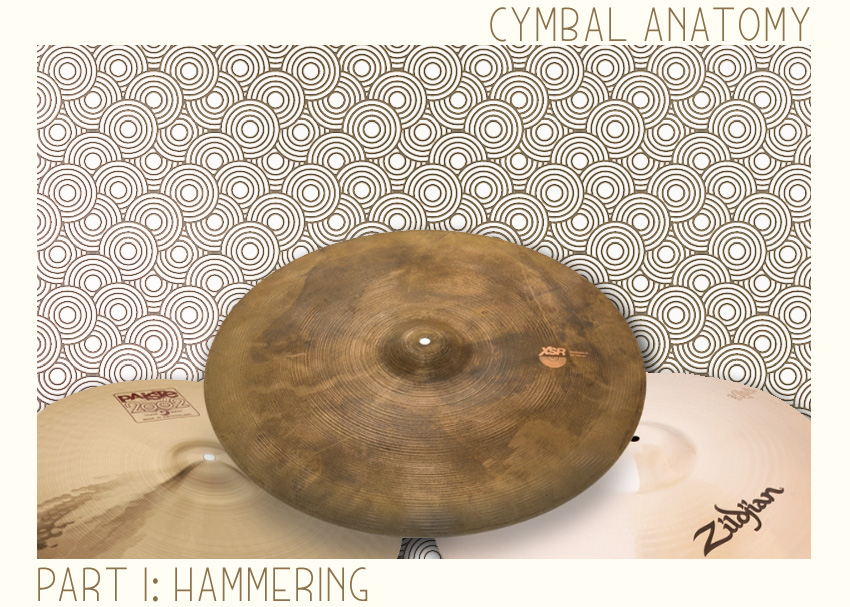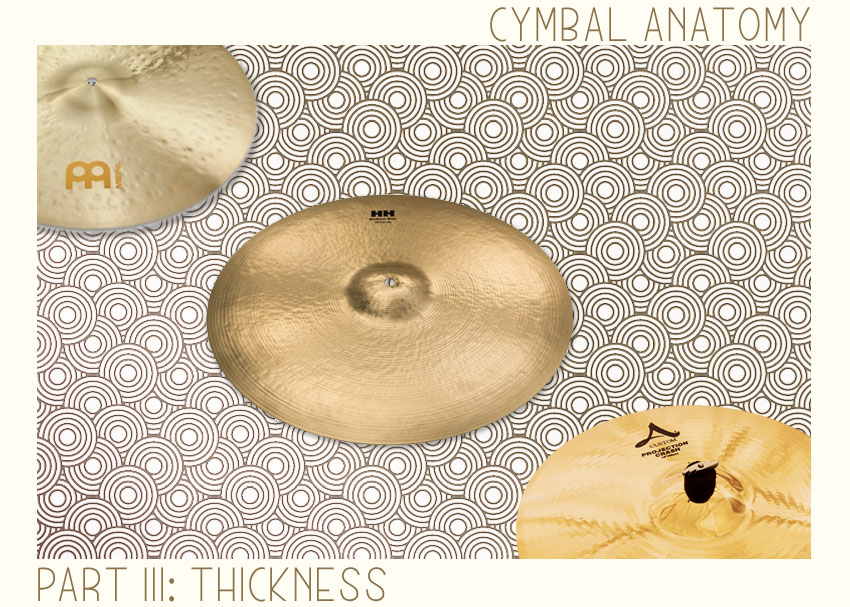In Cymbal Anatomy, we’ve covered the structure of cymbals, from the bell down to the outermost lathed ring. With shape, thickness, and material (among other attributes) all making an important contribution in each cymbal’s unique sound, use this as your guide and reference to find the ideal cymbals for your kit!
Hammering
Those small divots in your cymbals have a larger impact on tone than you might think. Hand hammered, machine hammered, what’s the difference and why should it matter?
Lathing
The grooves that make the sound move: lathing. Lathing is the rarely mentioned cymbal spec you may not know about, but you’ve certainly seen.
Thickness
The thickness of your cymbal shapes everything from strike feel to its attack, decay, sustain, and release.
Bell Size
Whether or not you’re riding them on a funk chorus, or blast-beating them straight into the abyss, a cymbal’s bell really impacts its overall sound.
Cracked Cymbals
The dreaded cymbal crack is an issue that plagues drummers of all sects, and also plagues their bank accounts.
Alloys
The alloy is the blend of metals that makes up your cymbal and shapes its sound possibly more than any other factor.
Effects
From the brash to the subtle, using effects cymbals can add a lot of personality to your sound.










